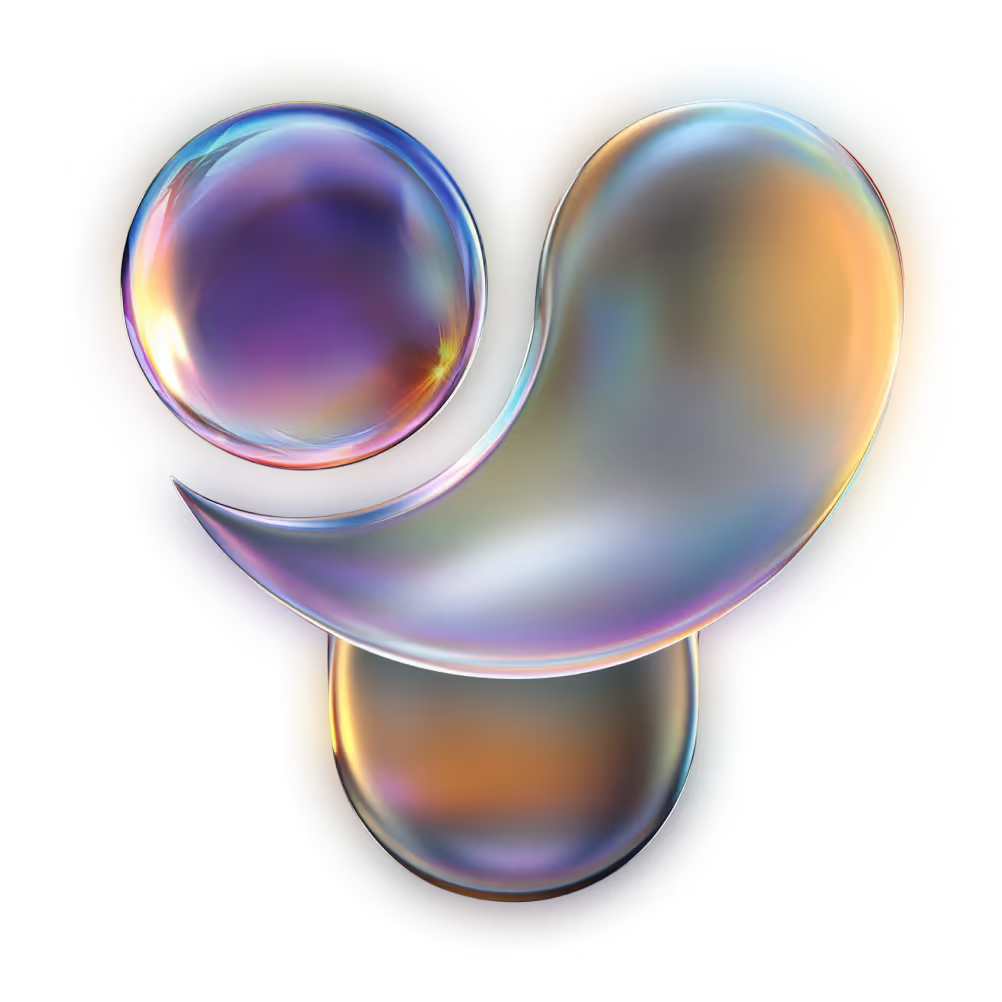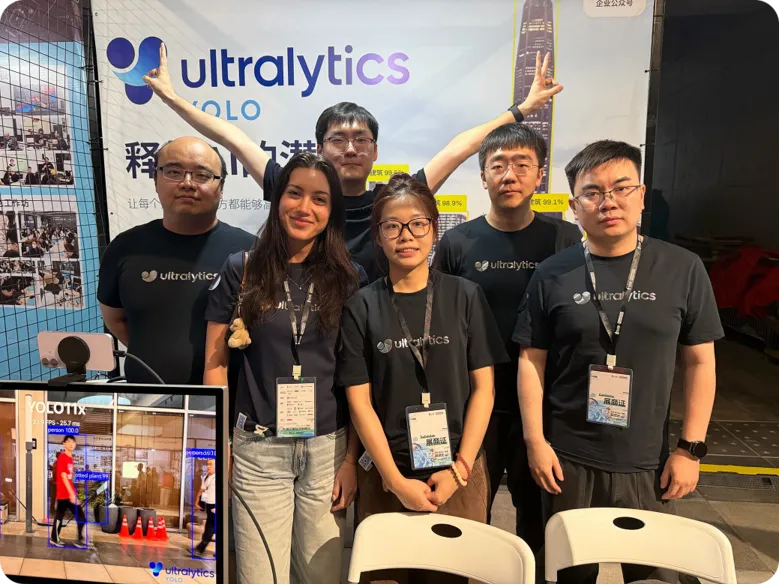Model Deployment
Discover the essentials of model deployment, transforming ML models into real-world tools for predictions, automation, and AI-driven insights.
Model deployment is the critical process of integrating a trained
machine learning (ML) model into a live
production environment where it can receive input and provide predictions. It represents the final stage in the
machine learning lifecycle,
transforming a static model file into a functional, value-generating application. Without effective deployment, even
the most accurate model remains an academic exercise. The goal is to make the model's predictive power accessible to
end-users,
software applications, or other automated systems in a reliable and
scalable way.
What Is The Deployment Process?
Deploying a model involves more than simply saving the trained
model weights. It's a multi-step process that ensures
the model performs efficiently and reliably in its target environment.
-
Model Optimization: Before deployment, models are often optimized for speed and size. Techniques
like model quantization and
model pruning reduce the computational resources required
for real-time inference without a significant
drop in accuracy.
-
Model Export: The optimized model is then converted into a format suitable for the target platform.
Ultralytics models, for example, can be
exported to various formats like
ONNX,
TensorRT, and
CoreML, making them highly versatile.
-
Packaging: The model and all its dependencies (such as specific libraries and frameworks) are
bundled together. Containerization using tools
like Docker is a common practice, as it creates a
self-contained, portable environment that ensures the model runs consistently everywhere.
-
Serving: The packaged model is deployed to a server or device where it can accept requests via an
API. This component, known as
model serving, is responsible for handling incoming
data and returning predictions.
-
Monitoring: After deployment, continuous
model monitoring is essential. This involves
tracking performance metrics, latency, and resource usage to ensure the model operates as expected and to detect
issues like data drift.
The first step toward deployment is often exporting the model to a standard format. Here is how you can export a
YOLO11 model to the ONNX format.
from ultralytics import YOLO
# Load a pre-trained YOLO11 model
model = YOLO("yolo11n.pt")
# Export the model to ONNX format
# The resulting 'yolo11n.onnx' file is ready for deployment
model.export(format="onnx")
Deployment Environments
Models can be deployed in a variety of environments, each with its own advantages and challenges.
-
Cloud Platforms: Services like
Amazon Web Services (AWS),
Google Cloud Platform (GCP), and
Microsoft Azure offer powerful, scalable
infrastructure for hosting complex models.
-
On-Premises Servers: Organizations with strict
data privacy requirements or those needing full
control over their infrastructure may deploy models on their own servers.
-
Edge AI Devices: Edge AI involves
deploying models directly onto local hardware, such as smartphones, drones, industrial sensors, or specialized
devices like the NVIDIA Jetson. This approach is
ideal for applications requiring low
inference latency and offline capabilities.
-
Web Browsers: Models can be run directly in a web browser using frameworks like
TensorFlow.js, enabling interactive AI experiences without server-side
processing.
Real-World Applications
-
Manufacturing Quality Control: An
Ultralytics YOLO model trained for defect detection can be deployed
on an edge device on a factory floor. The model, optimized with TensorRT for high throughput, is integrated with a
camera overlooking a conveyor belt. It performs real-time
object detection to identify faulty products,
instantly signaling a robotic arm to remove them. This entire process happens locally, minimizing network delay and
ensuring immediate action. For more information, see how
AI is applied in manufacturing.
-
Smart Retail Analytics: A
computer vision model for people counting and
tracking is deployed on cloud servers. Cameras in a retail store stream video to the cloud, where the model
processes the feeds to generate customer flow heatmaps and analyze shopping patterns. The application is managed
with Kubernetes to handle varying loads from multiple
stores, providing valuable insights for
inventory management and
store layout optimization.
Model Deployment, Model Serving, and MLOps
While closely related, these terms are distinct.
-
Model Deployment vs. Model Serving: Deployment is the entire end-to-end process of taking a trained
model and making it operational. Model Serving is a
specific component of deployment that refers to the infrastructure responsible for running the model and
responding to prediction requests.
-
Model Deployment vs. MLOps:
Machine Learning Operations (MLOps)
is a broad set of practices that encompasses the entire AI lifecycle. Deployment is a critical phase
within the MLOps framework, which also includes data management,
model training, versioning, and continuous monitoring and
retraining. The upcoming Ultralytics Platform is being designed to provide an integrated environment to manage this
entire workflow.












